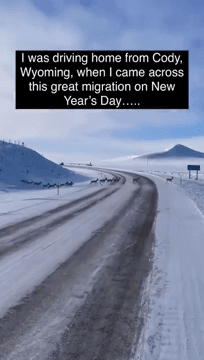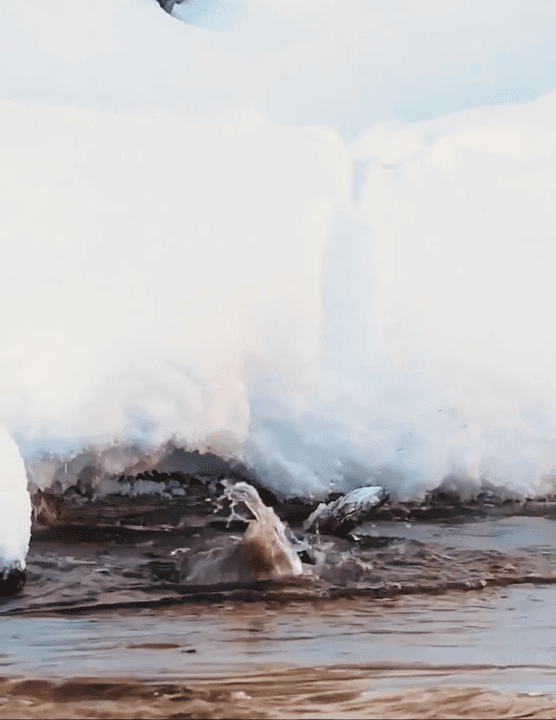
Yukon Jaeger 3-12x56 Scope Review I recently had the opportunity to test the Yukon Jaeger 3-12x56 rifle scope, and I must say, it has exceeded my expectations in several areas. This scope is designed for both daytime use and low-light conditions, making it quite versatile for various hunting situations. Build Quality: The construction of the Yukon Jaeger 3-12x56 is robust. The housing is made from high-quality aluminum, ensuring that it can withstand harsh weather conditions and the rigors of outdoor use. The matte black finish not only looks sleek but also helps reduce glare, which is a significant plus for hunters who need every advantage they can get in the field. Optical Performance Yukon Jaeger: One of the standout features of this scope is its impressive optical performance. With a 56mm objective lens, the light transmission is excellent, providing a bright and clear image even in low-light environments such as dawn and dusk. The fully multi-coated lenses are a significant
Post: 28 November 10:57









































